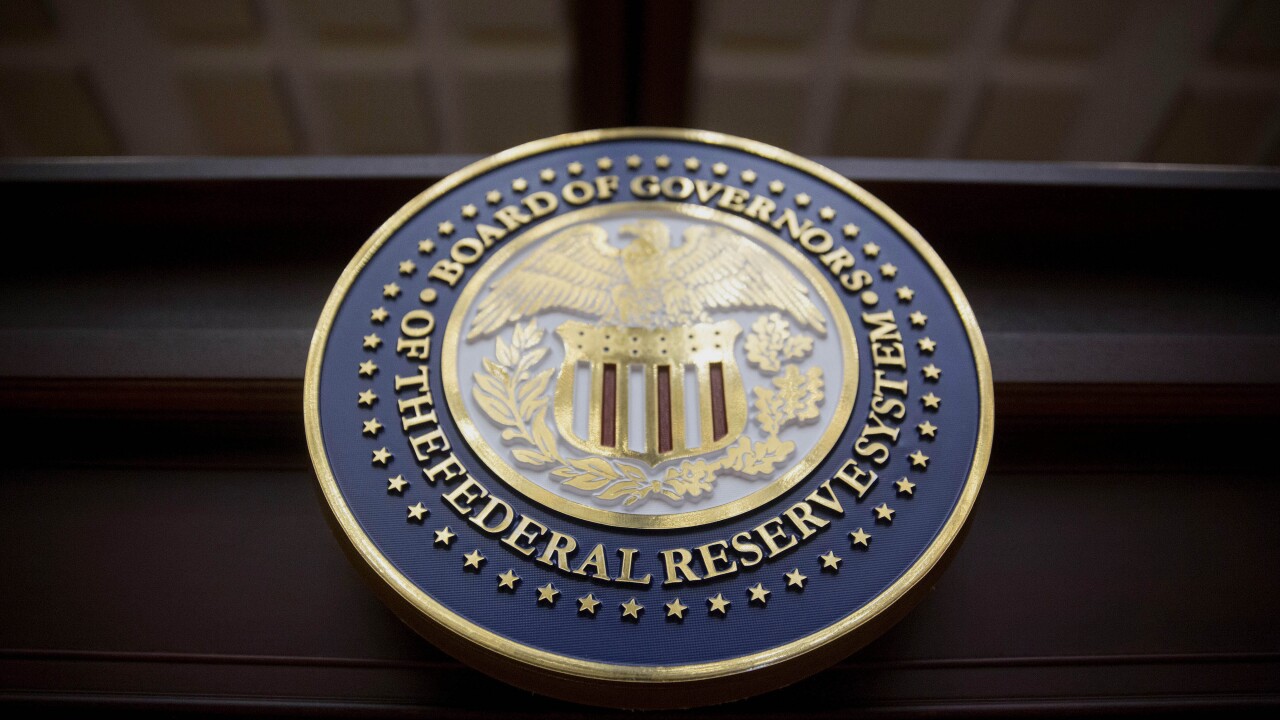The ATM and debit card network practices of MasterCard Worldwide and Visa Inc. are anticompetitive, and their policies harm consumers by forcing ATM owners to increase surcharge fees and reduce ATM deployment in convenient locations, claims the National Association of ATM ISOs and Operators.
The group earlier this year commissioned a report on the issue and shared the results only with the card brands.
In a statement, Visa says its network rules “aim to support the use of Visa products and services to the benefit of all participants in our electronic payments system.”
MasterCard did not provide a comment on the issue.
In April, MasterCard introduced a tiered interchange-rate system that includes a base tier, Tier 1 and Tier 2. Base-tier banks are MasterCard’s smallest card issuers based on quarterly transaction volume. Tier 1 banks are MasterCard’s largest issuers, and Tier 2 banks fall in between.
MasterCard’s tiered system reduces the gross interchange MasterCard’s Tier 1 issuers pay ATM independent sales organizations and bank-owned ATM operators to 35 cents from 50 cents per domestic cash withdrawal routed over MasterCard’s Cirrus ATM network. Tier 2 card issuers pay a gross interchange rate of 45 cents per domestic cash withdrawal, down from 50 cents previously.
The ATM ISO group wants the rate changes eliminated, though a lawyer representing the organization did not reveal whether that would come through legal action.
“Visa and MasterCard just need to stop fixing prices, and then the competitive market, which would include ISOs, data processors and equipment manufacturers, would be in a position to pursue variable surcharging,” Brooks Harlow, a lawyer from the firm Miller Nash LLP in Seattle, tells PaymentsSource.
The group’s concerns are not new. In May, Cardtronics Inc. claimed in a U.S. Securities and Exchange Commission filing that MasterCard’s new tiered-interchange rates would cut its ATM operating gross profit by more than $1 million during the remainder of the year for transactions routed over Cirrus (
“A global network brand on April 1 enacted a significant reduction in net interchange rates it pays domestic ATM deployers for ATM transactions routed across its debit network. Such a rate change is expected to reduce our ATM operating gross profits by approximately $1.5 million over the remainder of 2010,” Cardtronics wrote in the filing.
Visa made similar changes in ATM interchange in 2008.
The ATM ISO group claims it is in negotiations with the major networks and is seeking changes to their operating regulations that would allow for more selective-surcharging deals. Some banks already have selective-surcharge agreements for their customers, but that is “more the exception than the rule,” Harlow contends.
Existing selective-surcharge agreements “are really geared toward bank-owned ATMs, and it’s less prevalent with nonbank ATM owners,” he adds.
The network rules “are in writing and are imposed by contracts that ISOs and their sponsoring banks must enter into to do business with the networks,” Harlow continues.
The networks impose written contracts that have the effect of fixing prices, he says.
“Prices are not fixed at a specific level, but are fixed at uniform level,” Harlow says. “Thus, the rules effectively prevent surcharge price competition between networks.
More selective-surcharging arrangements would give consumers more ATM access and enable them to save money by choosing a card at the ATM with the lowest surcharge. The group claims through anecdotal research that consumers carry more than one debit card.
“If the networks allowed us to give pricing [options] to consumers, many of them would respond by using a more favorable card,” Harlow says.
Selective surcharging also would enable nonbank ATM deployers to charge a fee that directly correlates to the expenses associated with operating an ATM.
The current model takes “money from the ATM networks and puts it into the bank and card-brand networks,” Harlow says. “If the money isn’t in the ATM networks, it won’t support the maintenance of an ATM.”
The costs of maintaining a machine include filling it with cash and compensating the location owner for the use of the space. “If it’s a marginal machine and you cut the interchange, the machine needs to eliminated from that location,” Harlow says.
That, in turn, could eliminate ATMs from locations where consumers use them on a consistent basis because there is not enough use, Harlow says.
“There is consumer resistance to the higher surcharges, and that, in turn, reduces transaction volume per machine,” he adds. “Then ATMs have to be removed from marginal locations.”
What do you think about this? Send us your feedback.





